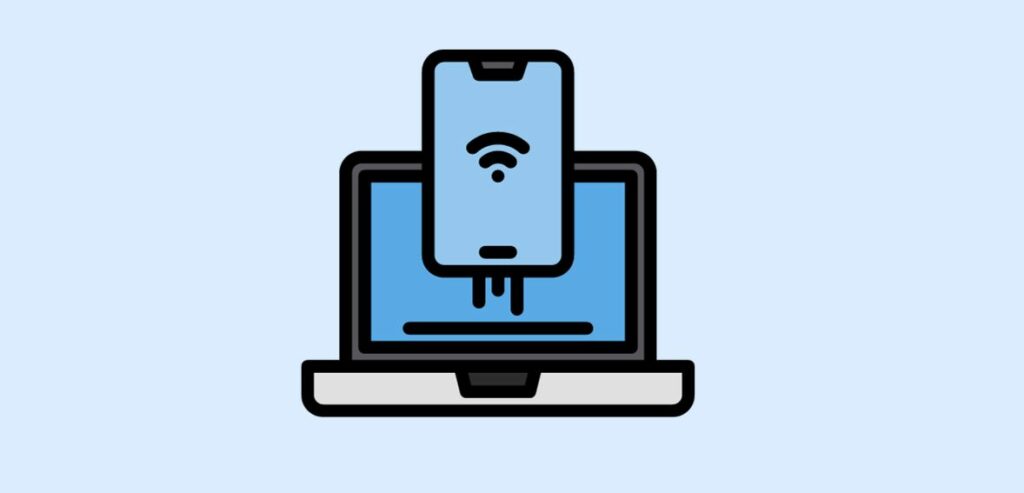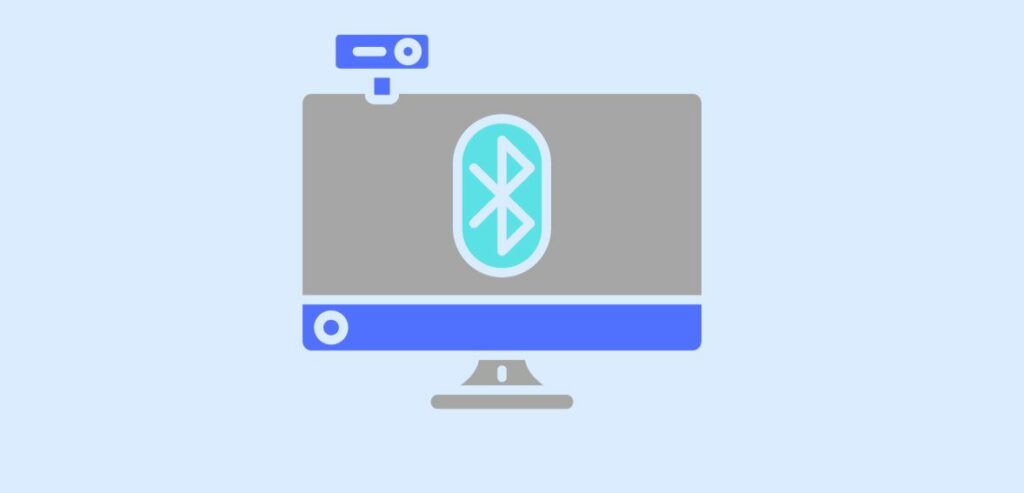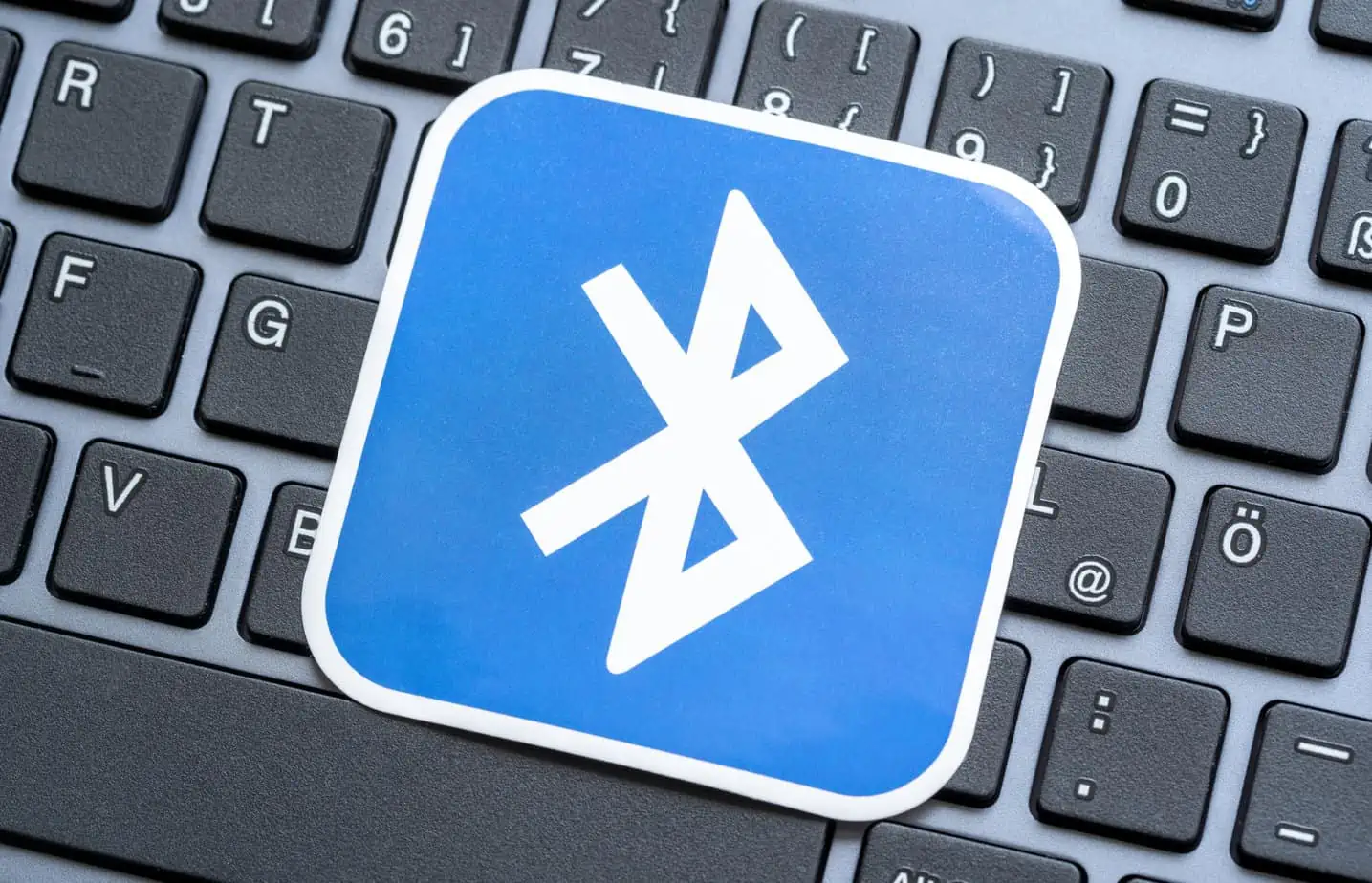The story of retail has largely been a story of a shift in focus from individual customers to the mass economy, but there’s a push to take everything back to the personal level. Recent studies about consumer preferences indicate that consumers are more receptive to personalized shopping experiences and services. If you can make the customer feel valued, then you can earn his or her business for years to come. BLE can change the customer experience and bring a revolutionary change in the mass market.
The individual’s wants and needs

Consumers are entitled to what they want. That’s the perspective that drives the economy. If a consumer has a want, he or she finds a business that can fulfill that want in a satisfactory manner.
Studies are demonstrating that what consumers want is a personal experience tailored to their other wants. One of the draws to retail websites like Amazon.com is those sites’ ability to track consumer history and offer targeted suggestions. The 2013 Online Personal Experience study released by Janrain concluded that 74% of respondents reported being frustrated by websites that provided advertisements and notifications irrelevant to their personal interests. Additionally, 57% of respondents indicated that they would provide information to a website if they thought that information would be used in a way that benefited them.
These findings, and others, indicate that consumers are willing to allow data usage in order to improve the customer experience. Too much data usage, and irresponsible data usage, are still major concerns for businesses, especially given the rise in major data breaches exposed since 2013. However, using a limited amount of data to provide a much more personal shopping experience is something retailers should be pursuing.
What data is relevant?
Consumers provide a lot of opportunities for data analysis. With the popularity of online shopping, retailers have access to purchase history, products viewed or searched for, wishlists and bookmarks, shipping addresses, billing information, and favorite product categories. Any given set of data can tell you something about a consumer.
In a physical store, information such as consumer routes, loiter time in each department, aisles visited, and purchase history are all relevant to the consumer experience. However, this data has proven difficult to measure on a meaningful scale, at least until recently.
BLE and an opportunity for data collection

Bluetooth Low Energy has made quite a splash in the retail industry because of its power to provide data to both the consumer and the retailer. In simplified terms, BLE-enabled business models use BLE emitters called “beacons” to transmit Bluetooth signals across an area of about 200 feet. These signals can be detected by smartphones. If a consumer’s smartphone has the retailer’s app, the consumer can receive push notifications containing offers and information based on their current location within the store.
BLE is more suitable for these data collection and message-pushing purposes than Wi-Fi or cellular signals, which are blocked by or experience interference with walls and other structural elements. In a BLE-enabled data model, retail apps use beacon signals to determine what messages a customer sees, and retailers can associate different beacons with different content depending on that beacon’s physical location in the store. The beacons themselves don’t transmit anything except a unique Bluetooth signal, so everything from location association (based only on signal strength, and calculated by the app itself) to message selection and delivery is handled by the app.
How can BLE personalize the customer experience?

We’ve covered this topic in some depth in another article, but to summarize: BLE enables retailers to add online functionality into the in-store experience. BLE-enabled apps can be programmed to deliver different messages, offers, and suggestions based not only on a consumer’s current location but also on his or her previous locations.
Additionally, apps can integrate online shopping features such as account sign-in, purchase history, and wishlists. With this data available, apps can then compare in-store inventory to previous purchases and wishlist items to offer very targeted selections.
There’s even some talk of enabling apps to ring for a sales or customer service associate to be dispatched to the user’s location within the store. This kind of functionality would help maximize convenience for the customer and facilitate an omnichannel retail strategy.
All of this would also translate well into support for a loyalty program. Apps would provide users with a persistent means of tracking and managing their rewards and progress. Reminders about upcoming or available rewards are likely to keep customers coming back.
Where do we go from here?
For now, the industry needs to test the waters and see exactly where BLE can carry it. Various retailers are testing BLE in certain applications such as in-line ordering and contactless payment. There are definite challenges for retailers, but overcoming or sidestepping these challenges will open up new possibilities.

